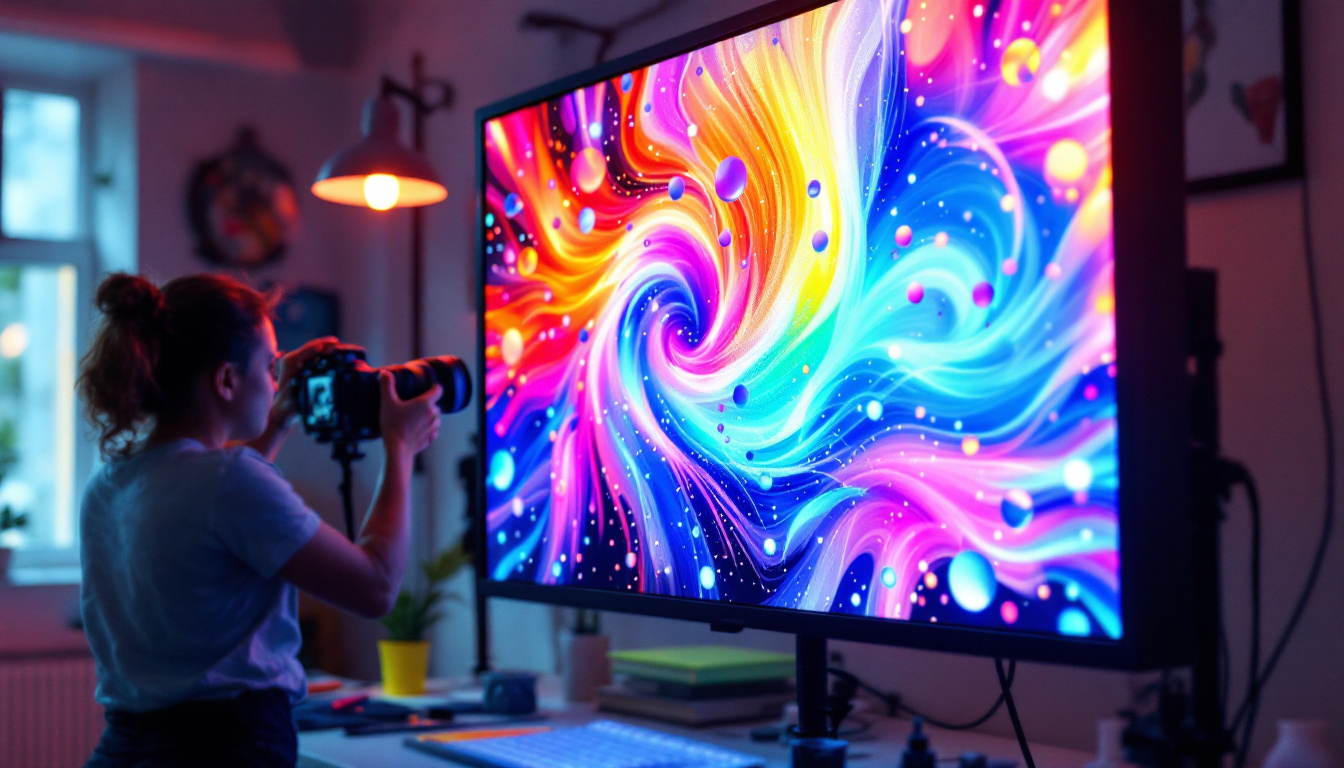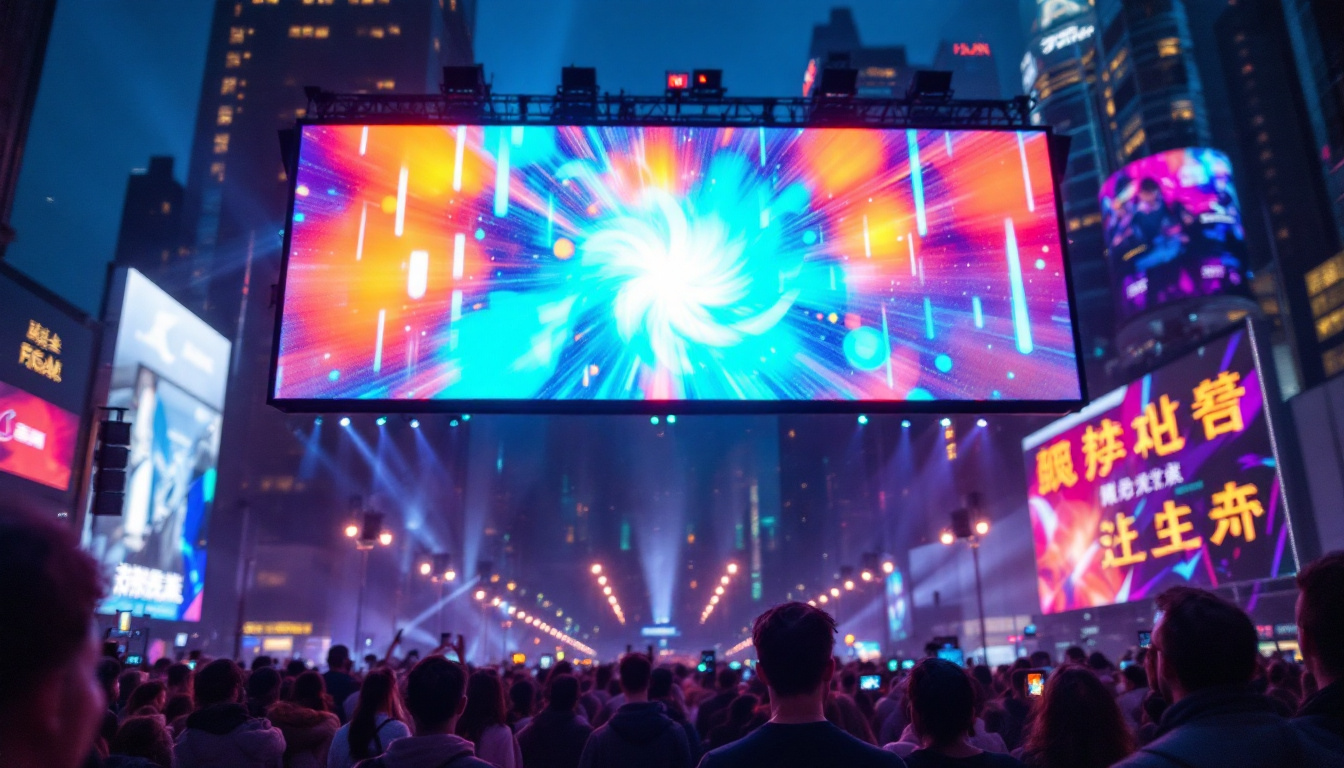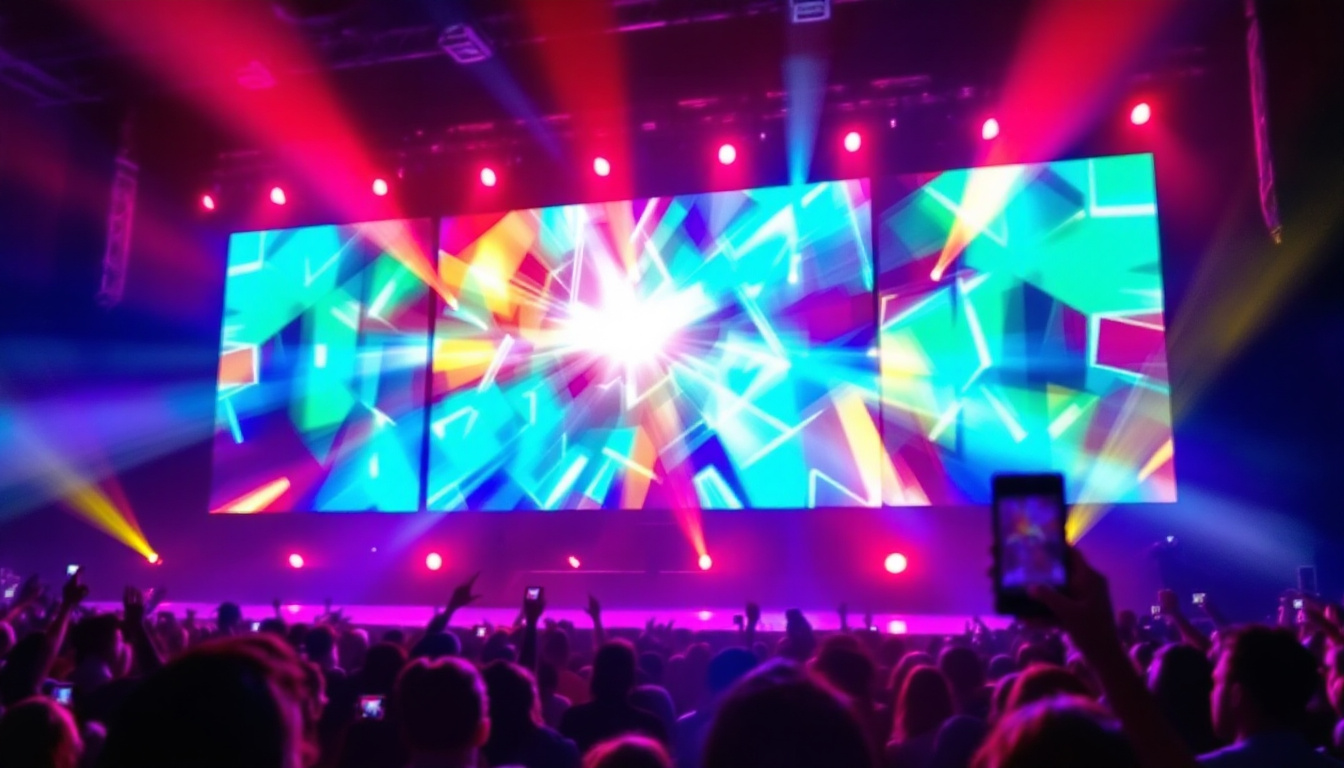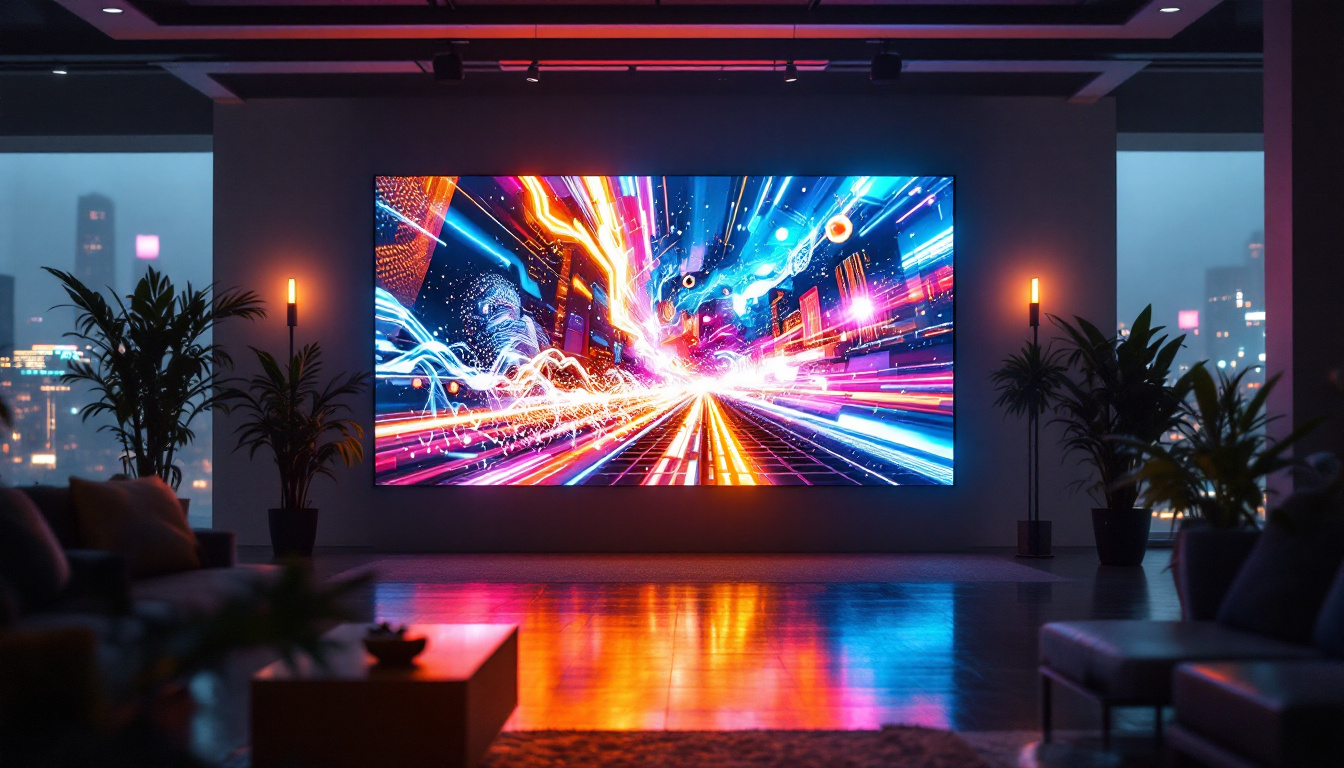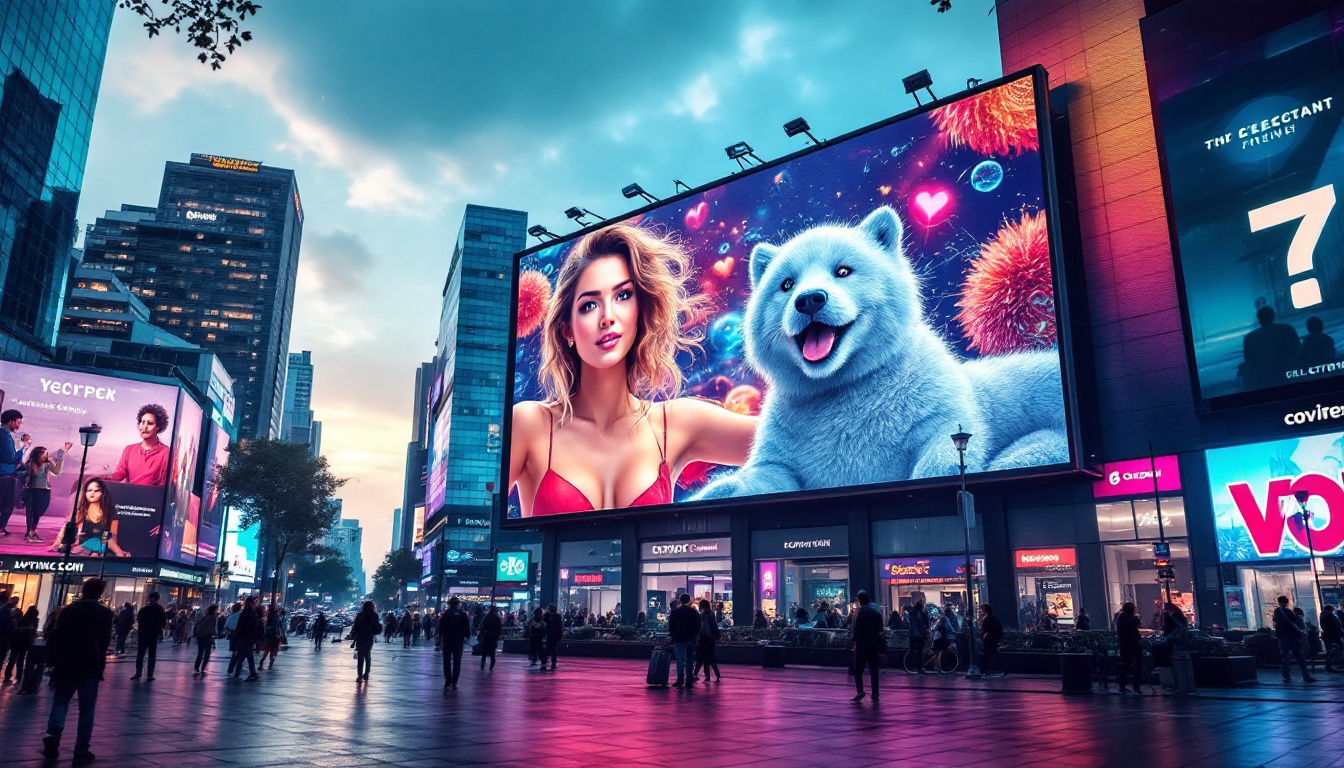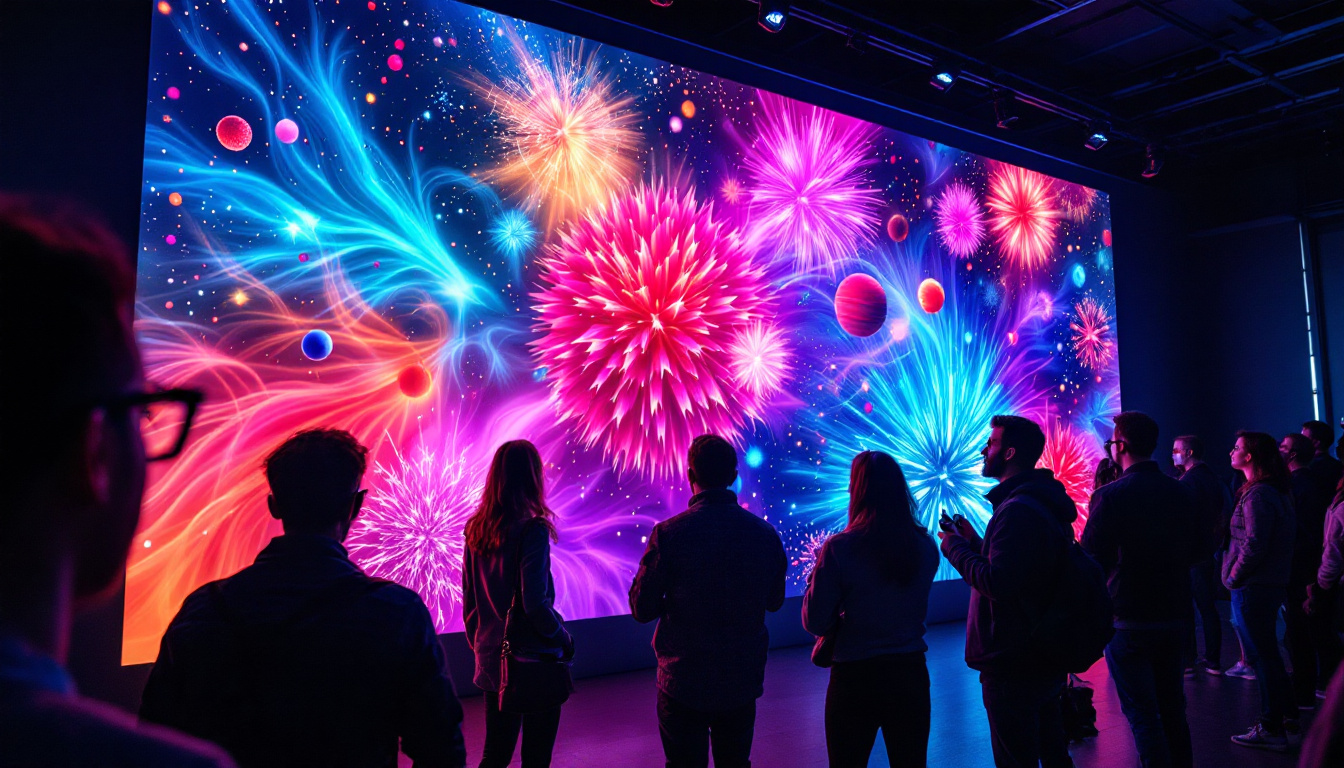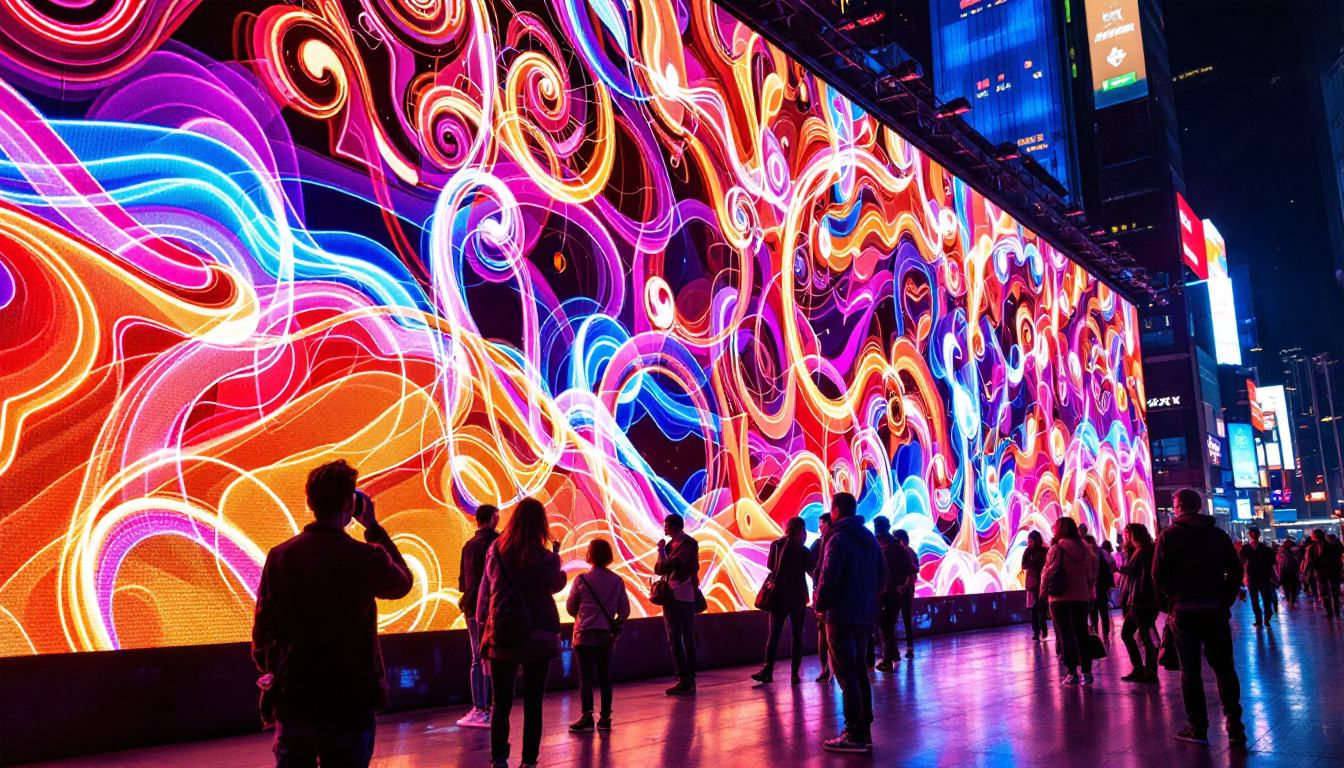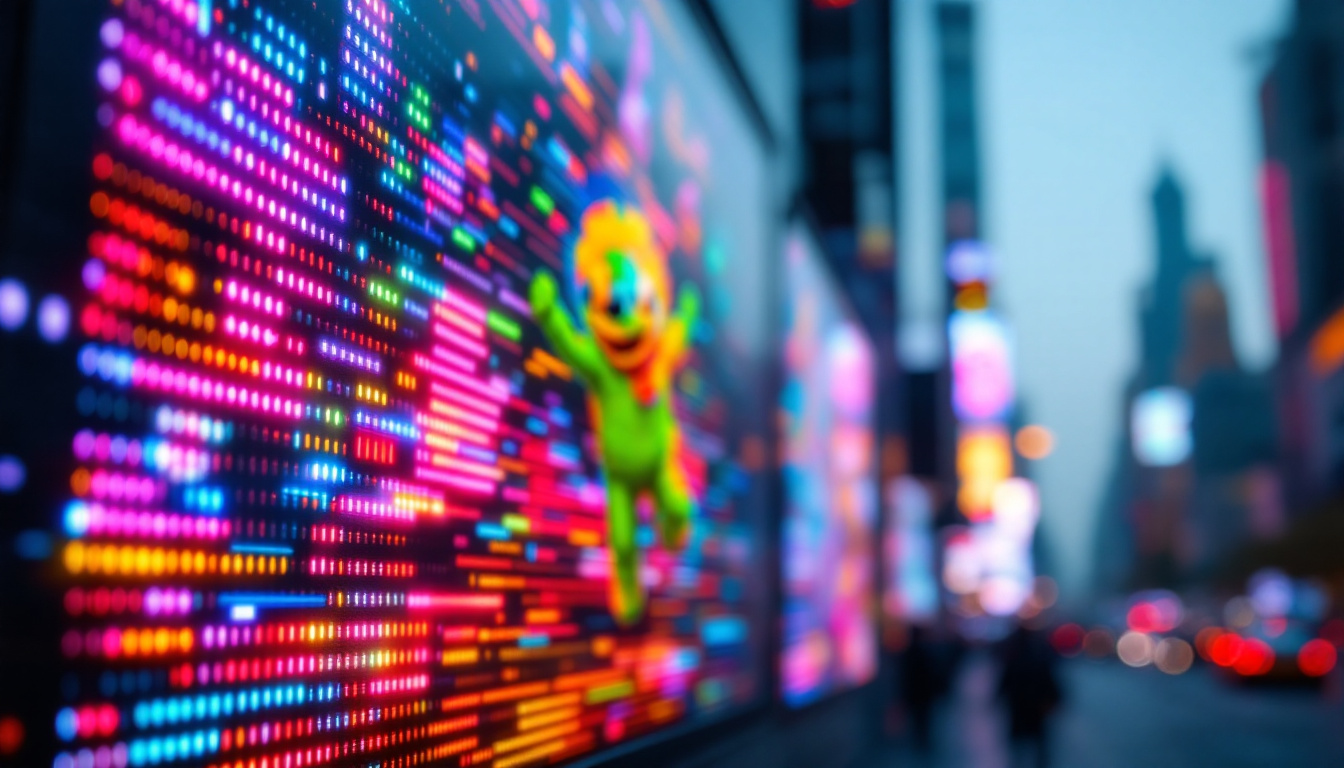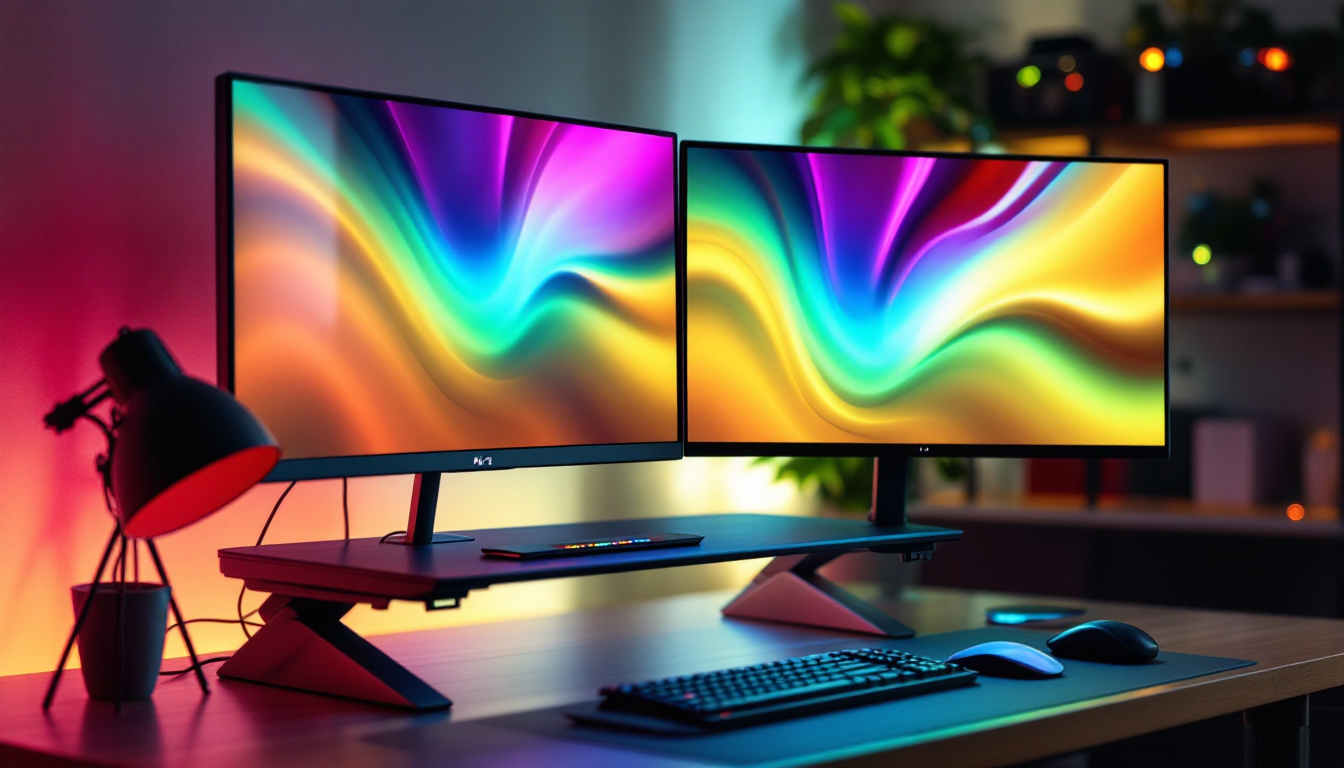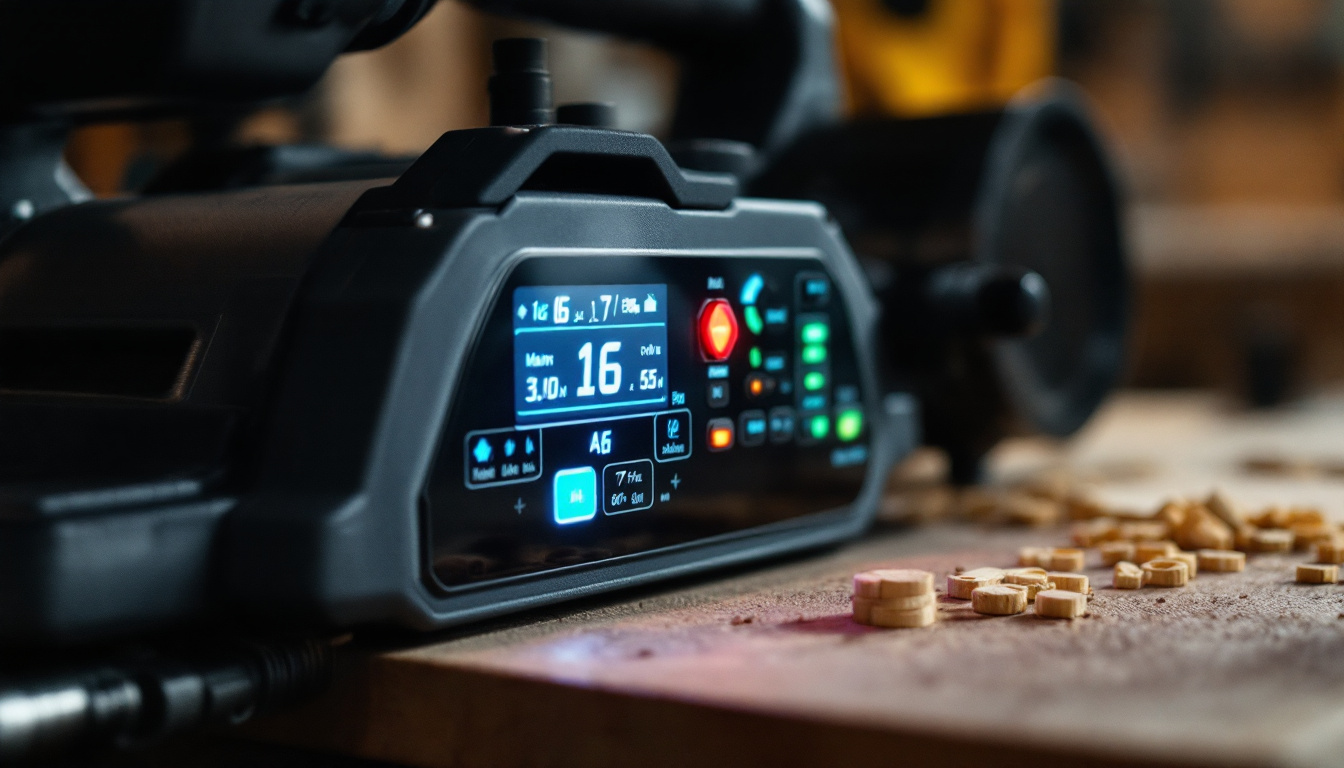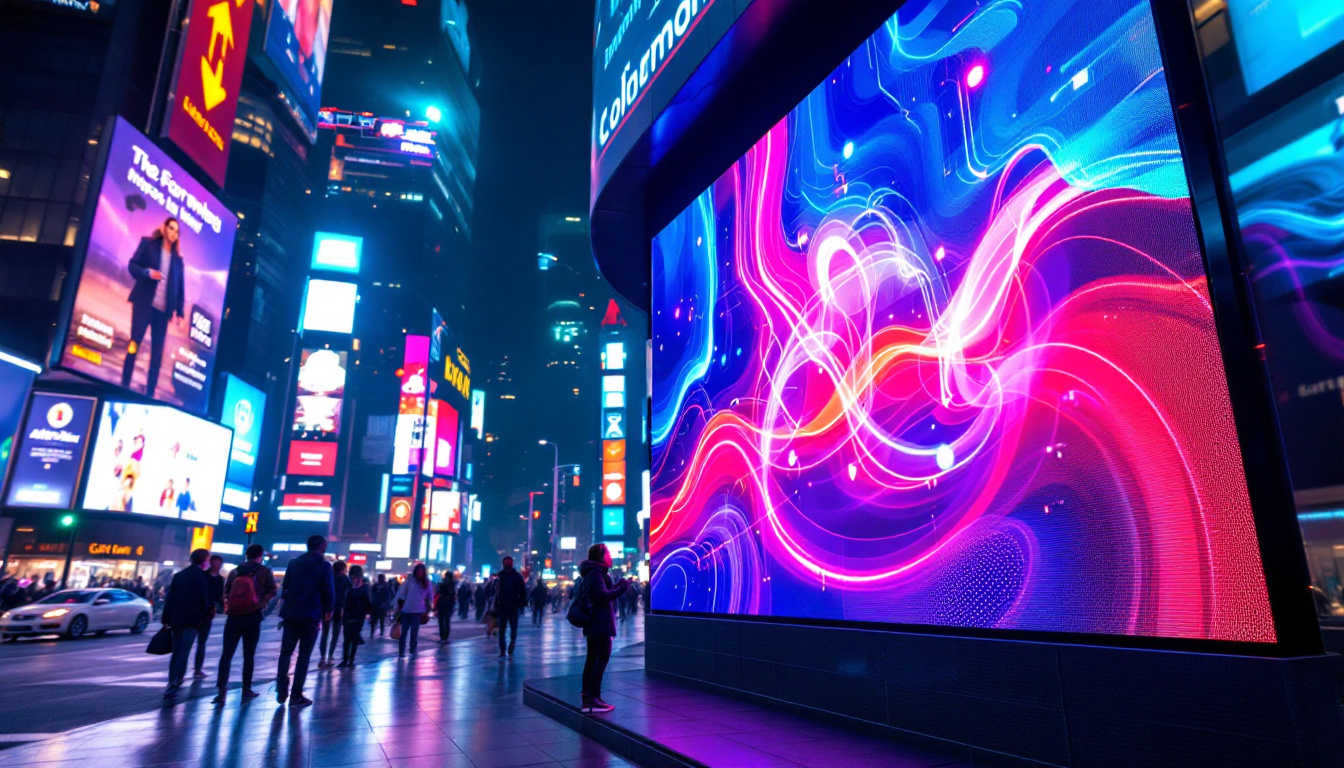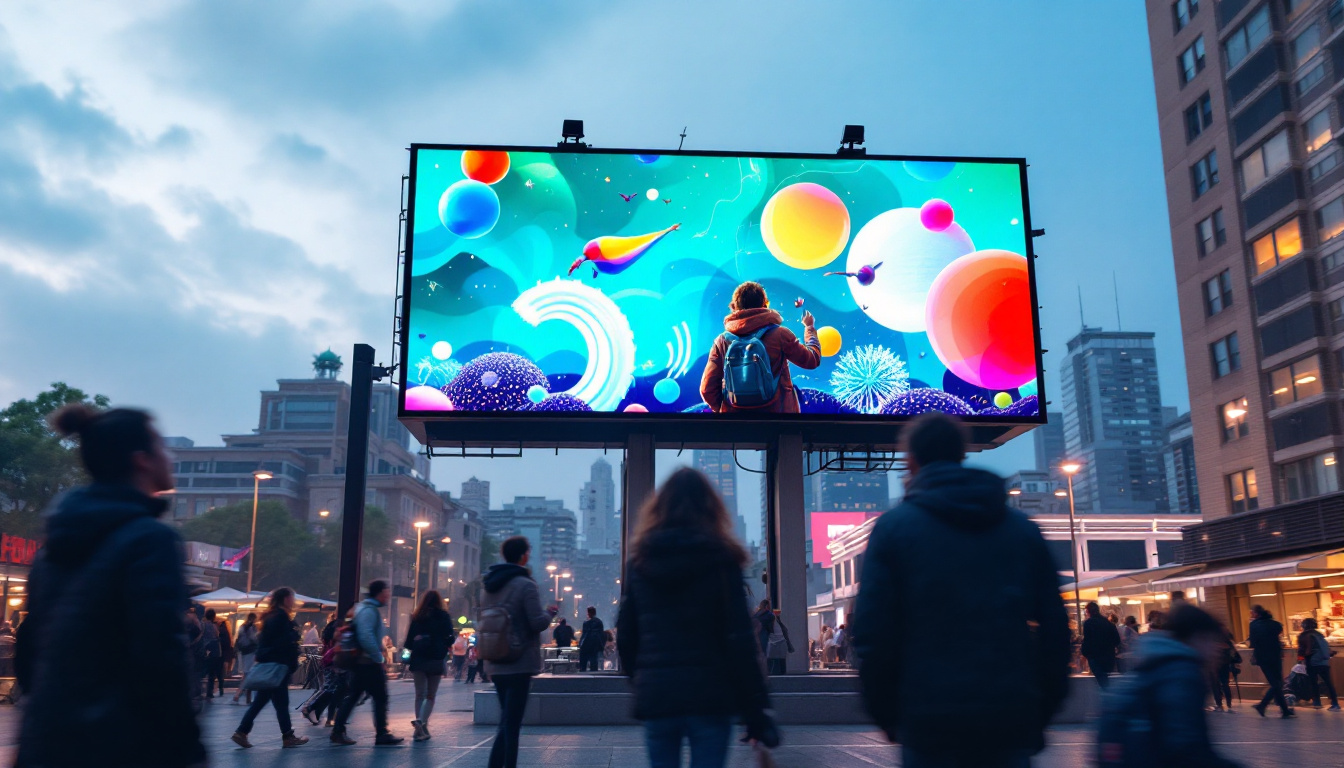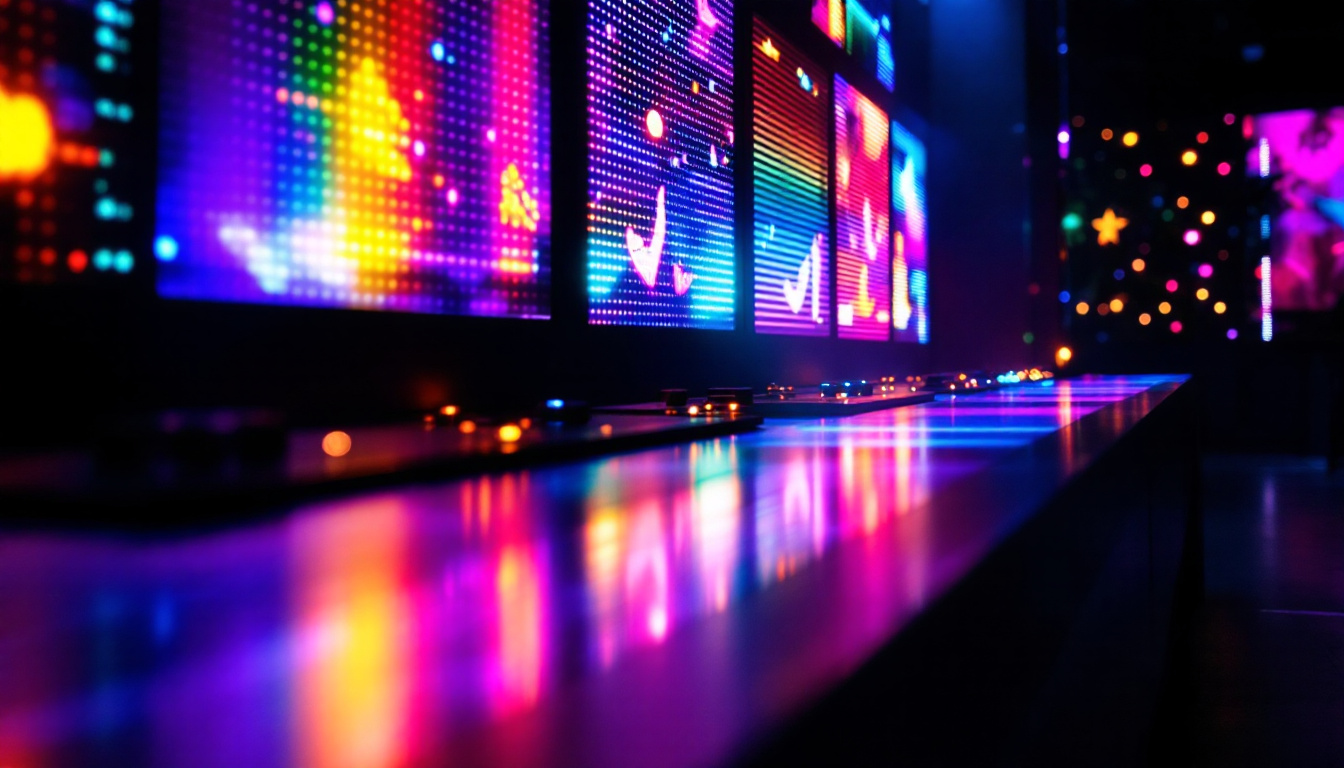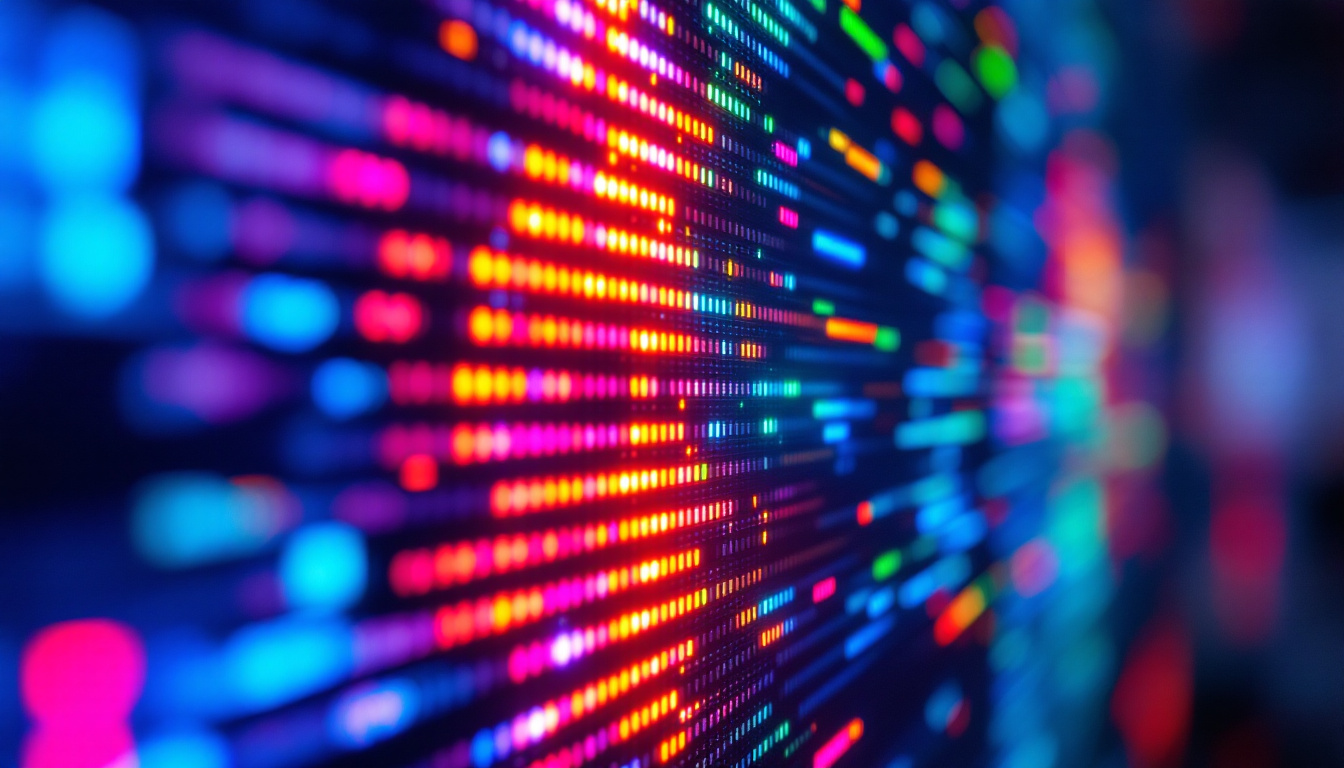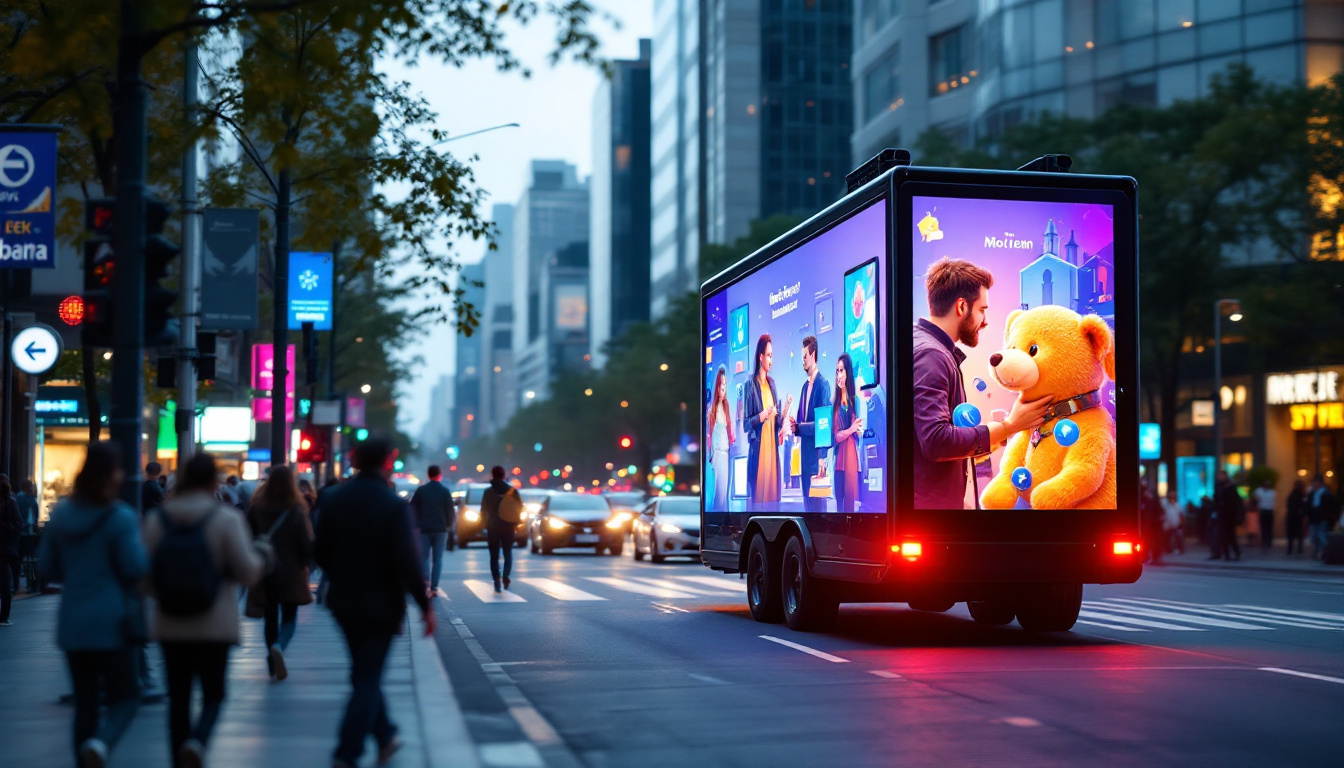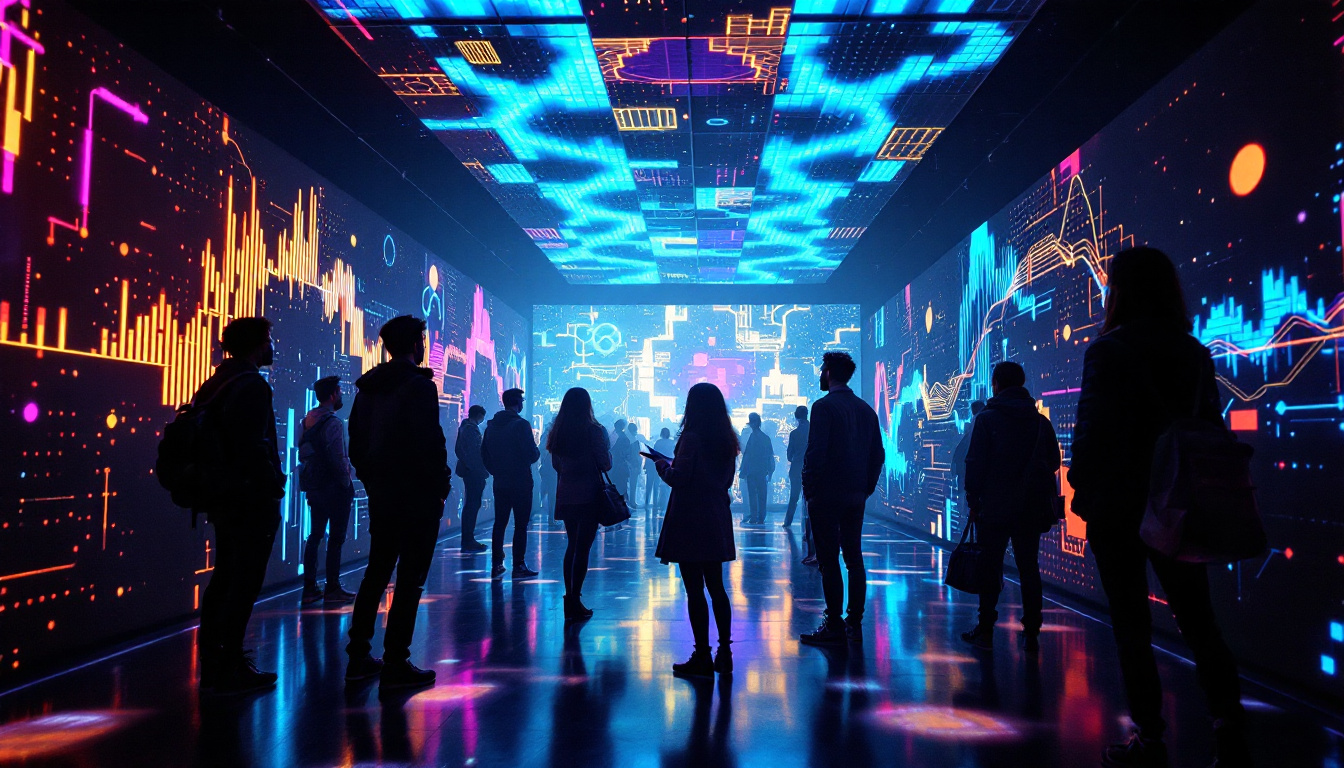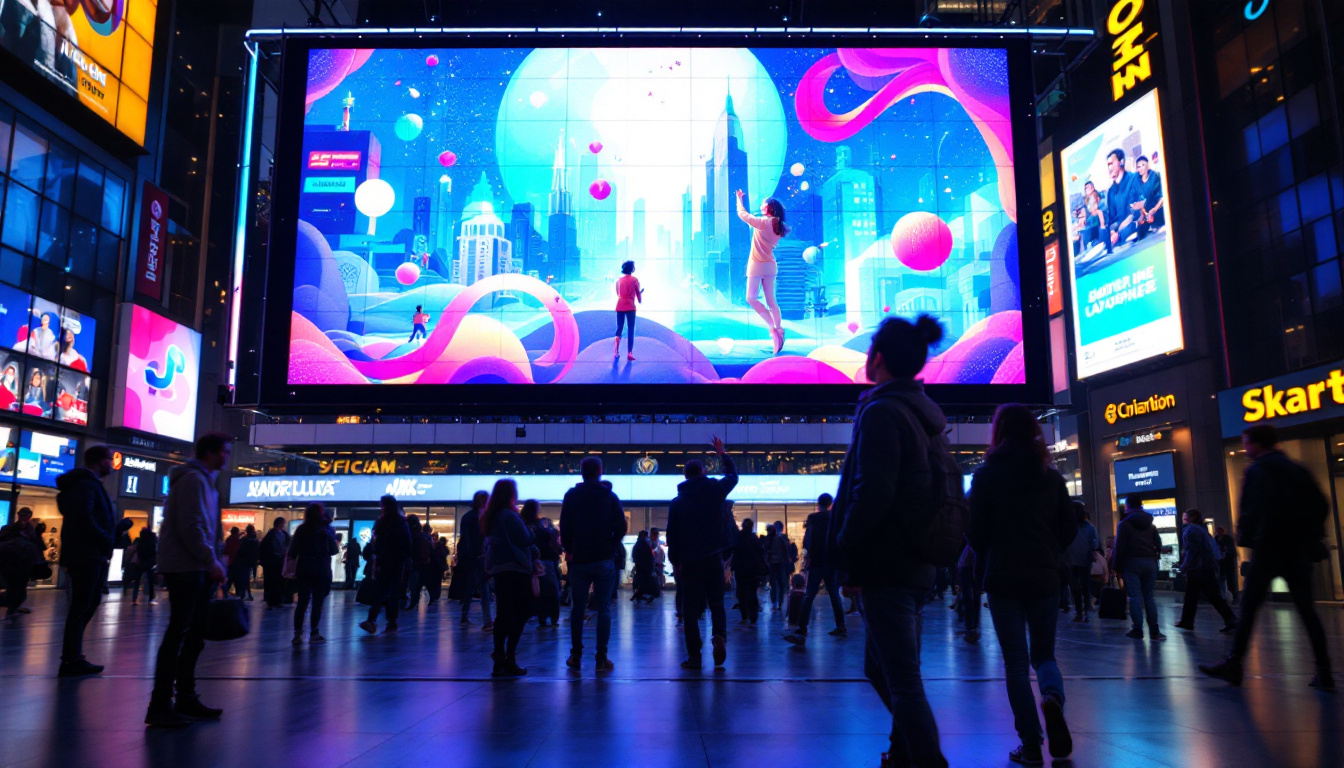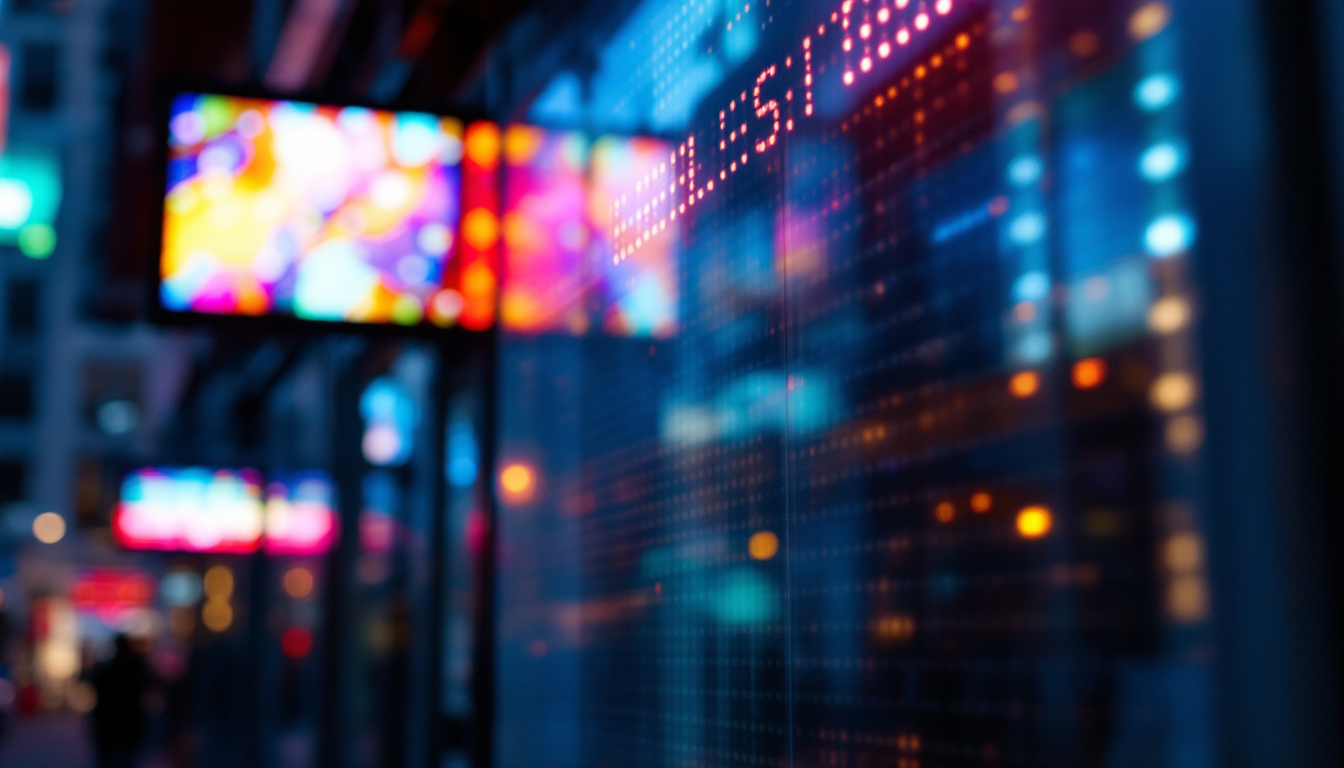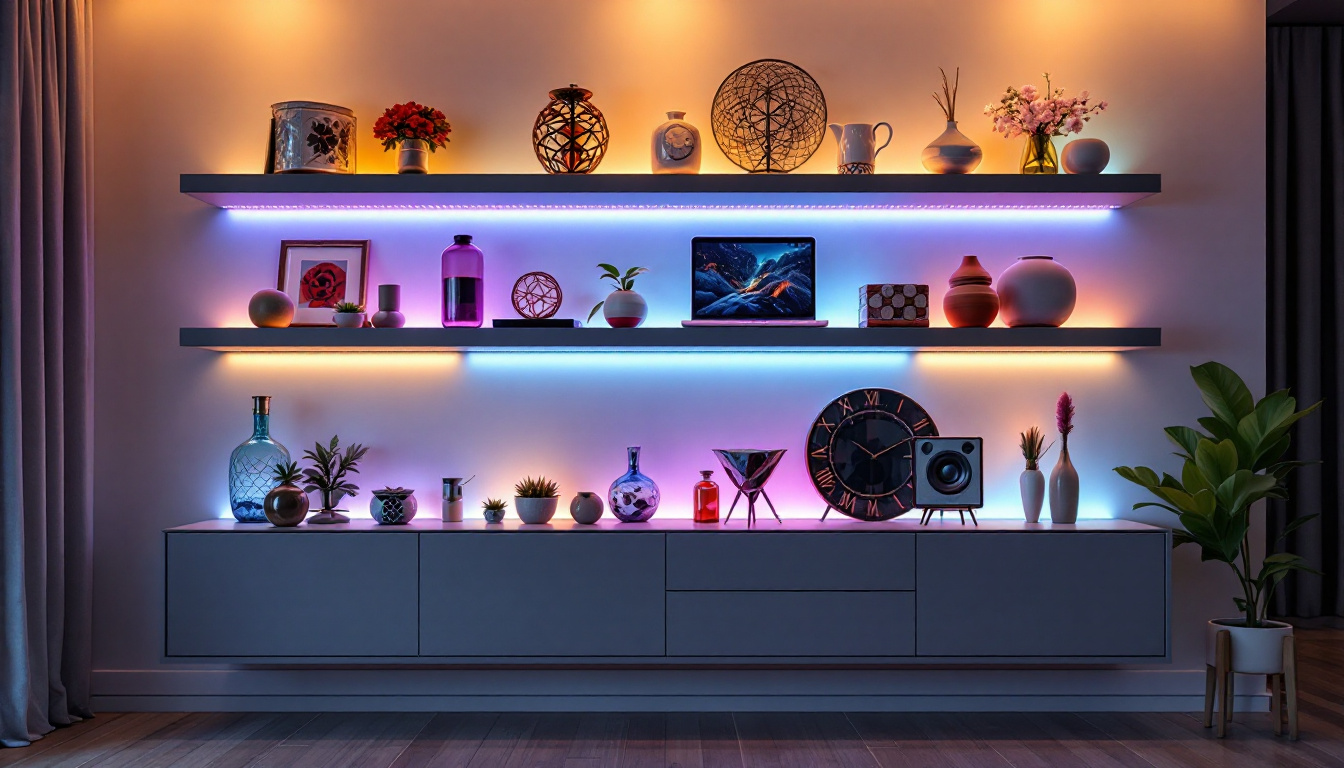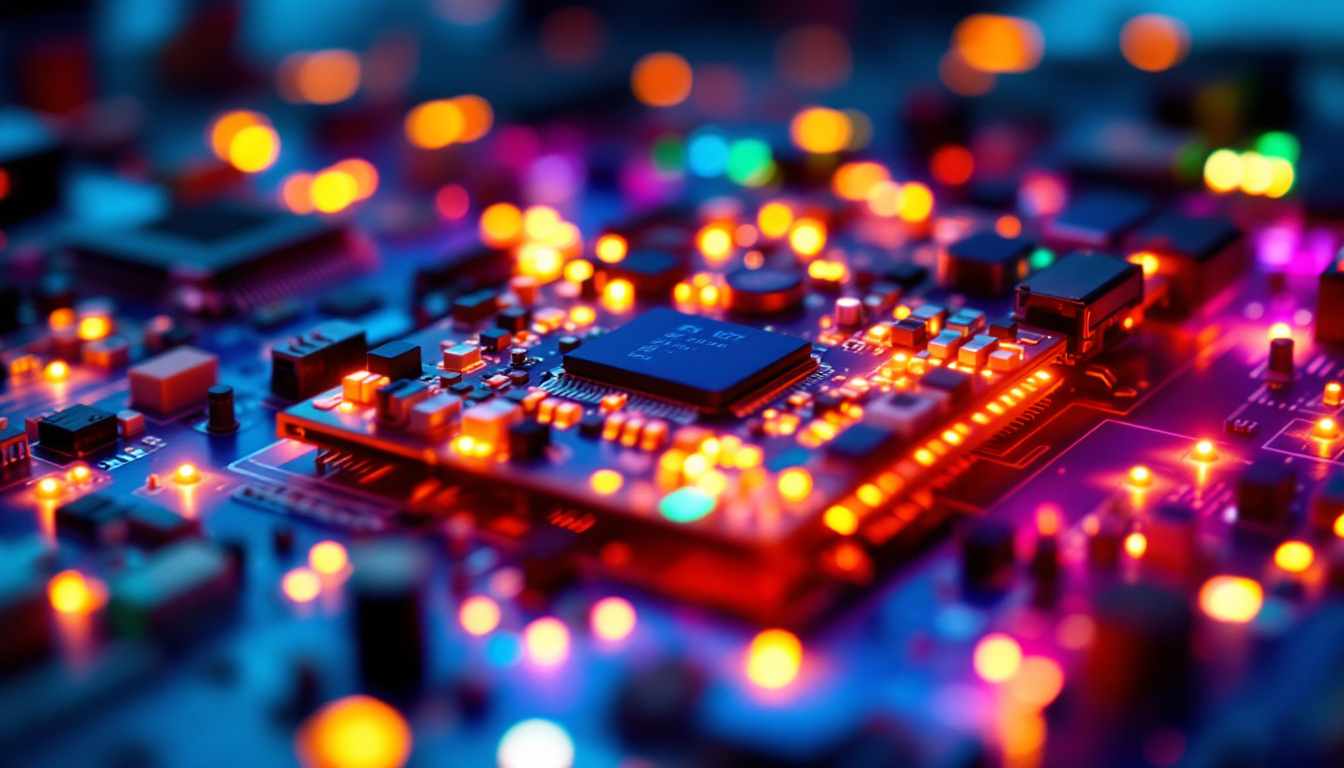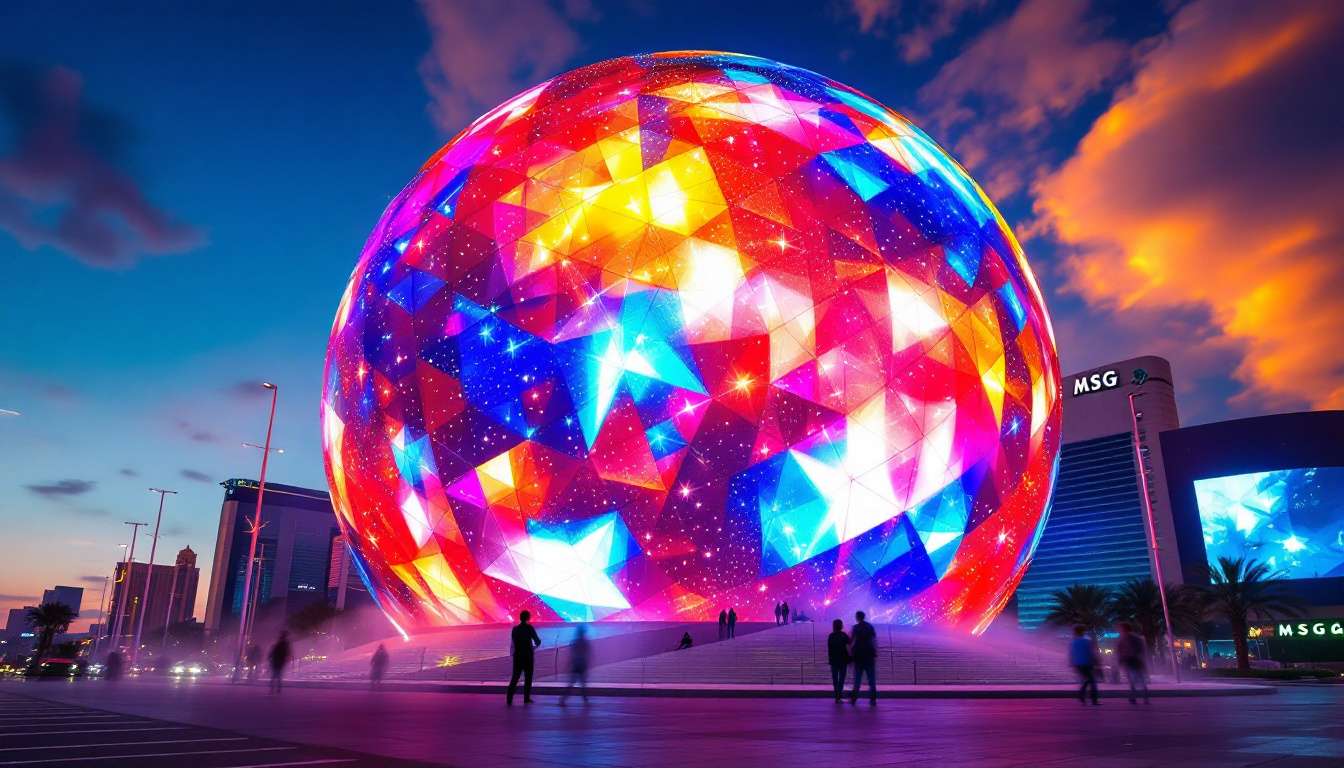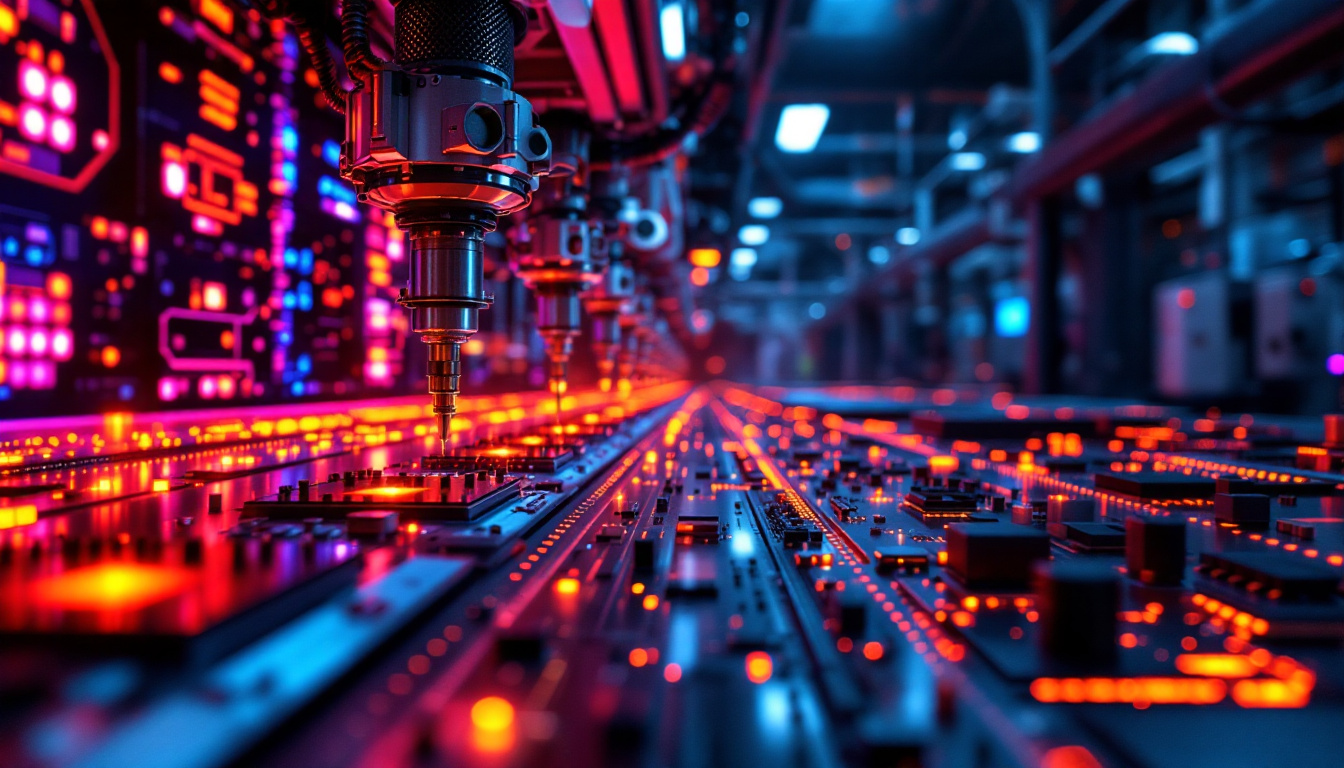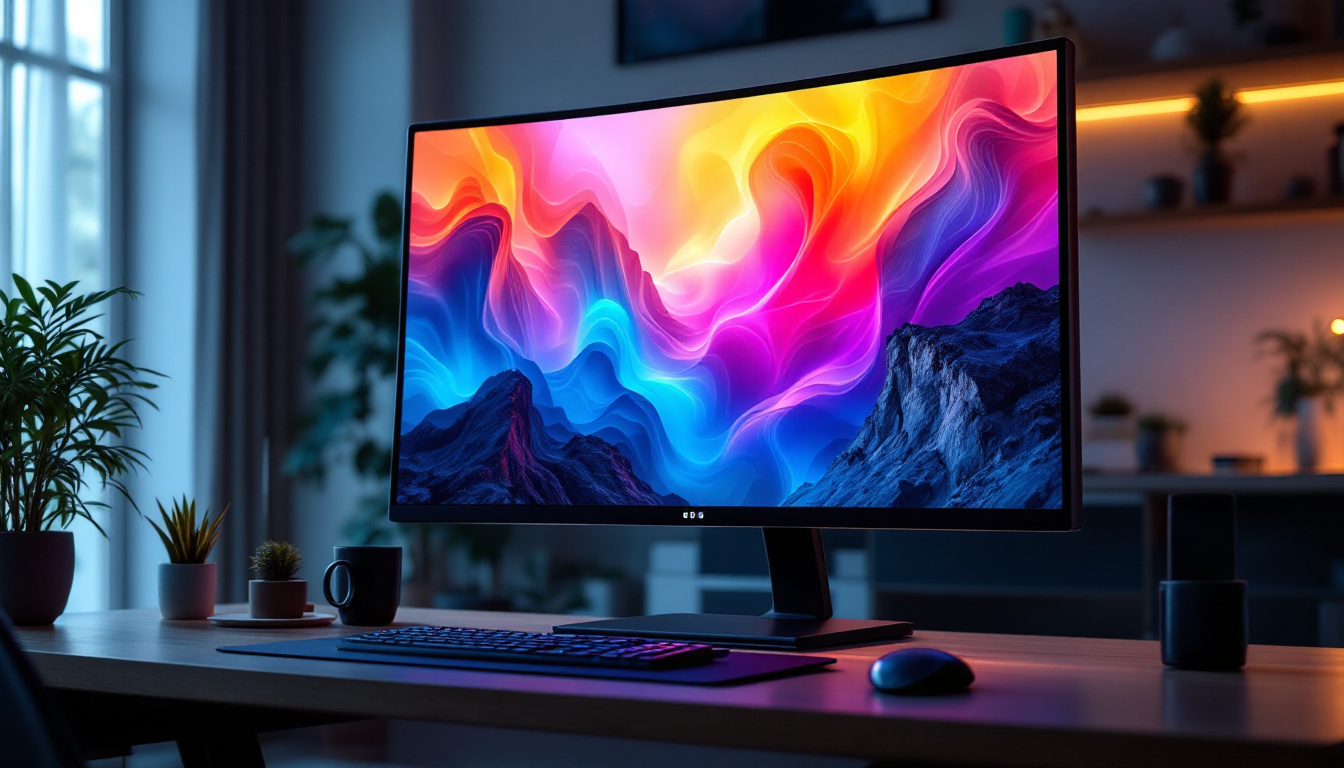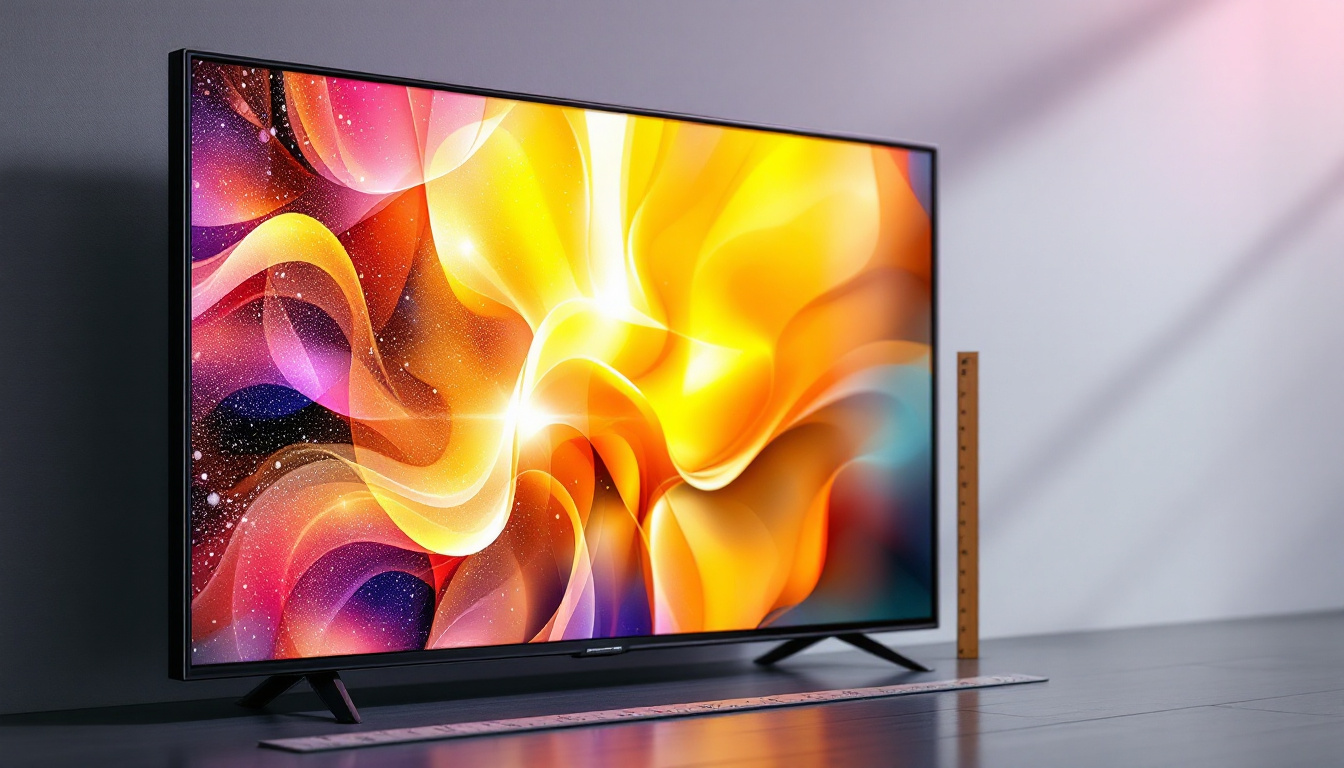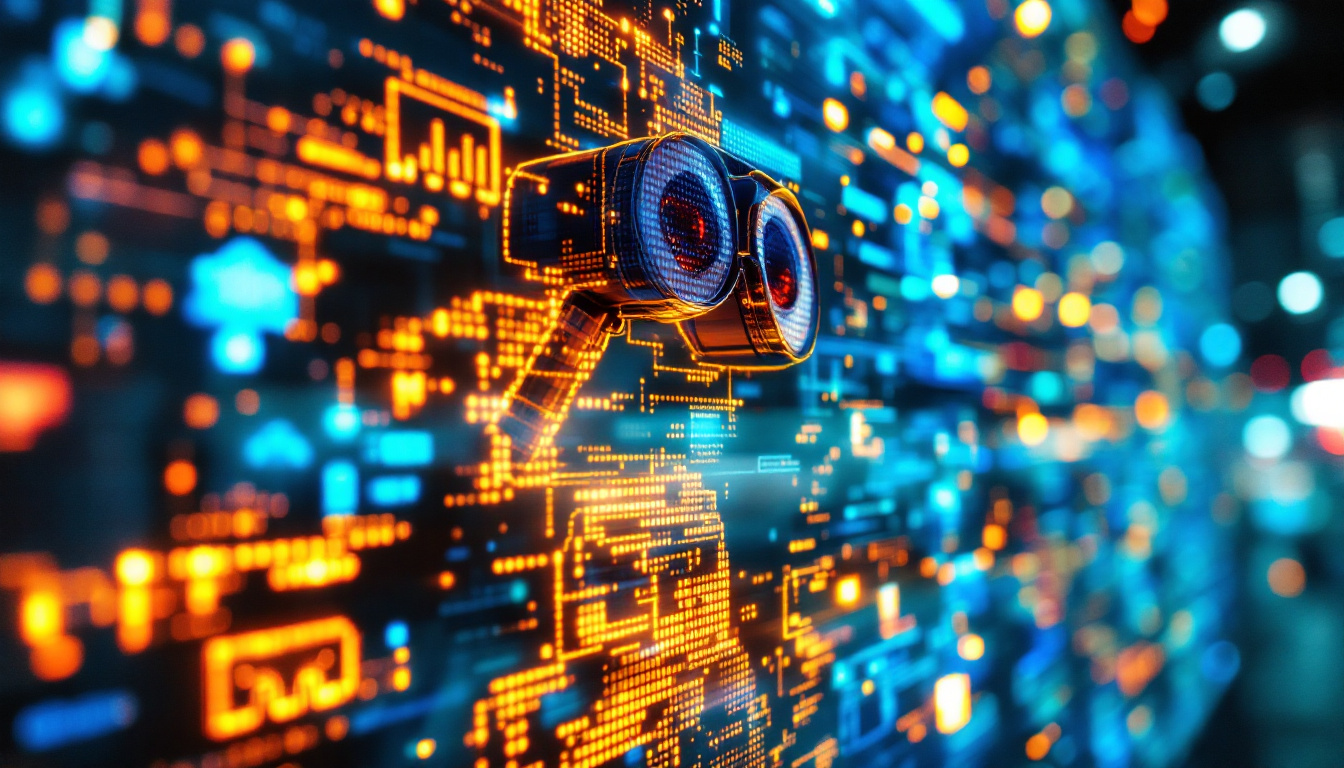In the modern world of visual media, LED displays have become a staple in studios, events, and public spaces. Their vibrant colors, high brightness, and versatility make them an ideal choice for a variety of applications. This article delves into the intricacies of LED displays, exploring their technology, applications, and advantages.
Understanding LED Technology
LED, or Light Emitting Diode, is a semiconductor device that emits light when an electric current passes through it. This technology has evolved significantly, leading to the development of various types of LED displays, each suited for specific applications. The versatility of LED technology has made it a cornerstone in modern lighting and display solutions, influencing everything from household lighting to large-scale advertising billboards.
The Basics of LED Displays
LED displays consist of numerous tiny LED lights arranged in a grid. Each pixel in an LED display is made up of red, green, and blue LEDs, which can be adjusted to create a wide spectrum of colors. This RGB (Red, Green, Blue) model allows for vibrant images and videos, making LED displays ideal for dynamic content. The ability to mix colors at the pixel level enables these displays to produce stunning visuals that can captivate audiences, whether in a concert hall or a bustling shopping mall.
One of the key benefits of LED technology is its efficiency. Unlike traditional bulbs, LEDs consume less power and have a longer lifespan, making them a cost-effective option for both short-term and long-term use. Furthermore, the reduced energy consumption contributes to lower carbon footprints, aligning with global sustainability efforts. As a result, many businesses are transitioning to LED technology not only for economic reasons but also to enhance their environmental responsibility.
Types of LED Displays
There are several types of LED displays, each designed for different environments and purposes. The most common types include:
- Indoor LED Displays: These displays are designed for use in controlled environments, such as studios or conference rooms. They typically have a higher pixel density, resulting in sharper images viewed from closer distances. This makes them perfect for presentations, advertising, and entertainment where clarity is paramount.
- Outdoor LED Displays: Built to withstand the elements, outdoor displays are larger and more robust. They have a lower pixel density, as they are often viewed from greater distances, but they are designed to be highly visible even in bright sunlight. These displays are frequently used for public announcements, sports events, and large-scale advertising, drawing attention from passersby.
- Transparent LED Displays: These innovative displays allow light to pass through, making them ideal for retail environments where visibility is essential. They provide a unique way to showcase products while still allowing customers to see through the display. Retailers are increasingly adopting these displays to enhance customer engagement by blending digital advertising with physical merchandise.
How LED Displays Work
The operation of an LED display is relatively straightforward. Each pixel is controlled by a driver circuit that regulates the voltage and current flowing to the LEDs. This control allows for precise color mixing and brightness adjustments, enabling the display to show a wide range of images and videos. The technology behind LED displays has advanced to the point where they can now support high-definition and even 4K resolutions, providing stunning clarity and detail.
Additionally, LED displays can be connected to various sources, such as computers, cameras, or media players, allowing for real-time content updates. This flexibility is one of the reasons why LED displays have become so popular in studios and live events. The integration of smart technology has further enhanced their capabilities, enabling features like remote management and interactive content, which can significantly elevate the viewer experience. As a result, LED displays are not just a medium for information; they have transformed into dynamic platforms for storytelling and engagement, captivating audiences in ways that were previously unimaginable.
Applications of LED Displays
LED displays are utilized in a diverse array of applications, demonstrating their versatility and effectiveness in various settings.
Broadcasting and Studios
In the broadcasting industry, LED displays are invaluable tools. They are used for backdrops in television studios, providing dynamic visuals that enhance the production value of shows. The ability to change content quickly and easily allows producers to adapt to different themes and styles without the need for physical set changes.
Moreover, LED displays are often used in newsrooms and control rooms, where real-time information needs to be displayed. Their clarity and brightness ensure that critical data is visible to staff, even in low-light conditions.
Live Events and Concerts
Live events, such as concerts and festivals, have embraced LED technology to create stunning visual experiences. Large outdoor LED screens are commonly used to display performances, allowing audiences to see details from a distance. The ability to synchronize visuals with music enhances the overall experience, making events more engaging.
In addition to large screens, smaller LED displays are often used for stage designs, providing dynamic backgrounds that can change throughout a performance. This flexibility allows artists to create immersive environments that captivate audiences.
Advertising and Retail
In the advertising world, LED displays have revolutionized how brands communicate with consumers. Digital billboards and storefront displays attract attention with vibrant colors and moving images, effectively capturing the interest of passersby.
Retailers use LED displays to showcase promotions and products, often integrating them into their store design. Transparent LED displays, for example, can be placed in windows, allowing customers to see products while also being drawn in by dynamic content.
Advantages of LED Displays
The popularity of LED displays can be attributed to several advantages that set them apart from traditional display technologies.
Energy Efficiency
One of the most significant benefits of LED displays is their energy efficiency. LEDs consume significantly less power compared to traditional lighting technologies, which not only reduces operational costs but also minimizes environmental impact. This efficiency is particularly important for large installations, such as outdoor billboards, where energy consumption can be substantial.
Durability and Longevity
LED displays are designed to withstand various environmental conditions, making them more durable than other types of displays. They are resistant to shock, vibrations, and temperature fluctuations, which is essential for outdoor applications. Additionally, the lifespan of an LED display can exceed 100,000 hours, ensuring long-term reliability and reducing the need for frequent replacements.
High Brightness and Visibility
LED displays are known for their high brightness levels, which makes them easily visible even in direct sunlight. This feature is crucial for outdoor applications, where visibility can be a challenge. The ability to maintain clarity and color accuracy in bright conditions ensures that content remains engaging and effective.
Challenges and Considerations
While LED displays offer numerous advantages, there are also challenges and considerations that potential users should keep in mind.
Initial Costs
The initial investment for LED displays can be higher than traditional display technologies. However, it is essential to consider the long-term savings associated with energy efficiency and reduced maintenance costs. For many businesses, the return on investment justifies the upfront expense.
Technical Expertise
Setting up and maintaining LED displays often requires technical expertise. Proper installation, calibration, and maintenance are crucial for optimal performance. Organizations may need to invest in training staff or hiring specialists to ensure their displays function correctly and efficiently.
Content Management
Effective content management is vital for maximizing the impact of LED displays. Organizations must develop strategies for creating, scheduling, and updating content regularly. Without engaging and relevant content, even the most advanced display technology may fail to capture the audience’s attention.
The Future of LED Displays
The future of LED displays looks promising, with ongoing advancements in technology and applications. As the demand for high-quality visual experiences continues to grow, LED technology is expected to evolve further.
Innovations in Display Technology
Recent innovations, such as microLED and OLED technologies, are paving the way for even more advanced displays. MicroLED technology, for instance, offers superior color accuracy and contrast ratios, making it an exciting option for future applications. As these technologies become more accessible, they will likely redefine the landscape of visual displays.
Integration with Smart Technologies
As smart technology becomes increasingly prevalent, LED displays are expected to integrate seamlessly with other devices. This integration will allow for more interactive and personalized experiences, enhancing how audiences engage with content. For example, smart LED displays could adjust their content based on viewer demographics or preferences, creating tailored experiences that resonate with audiences.
Sustainability Initiatives
With growing concerns about environmental sustainability, the LED display industry is also focusing on eco-friendly practices. Manufacturers are exploring ways to reduce waste and improve recyclability, ensuring that the production and disposal of LED displays have a minimal environmental impact. This commitment to sustainability will likely play a significant role in shaping the future of the industry.
Conclusion
LED displays have transformed the way visual content is presented, offering vibrant colors, energy efficiency, and versatility. Their applications span various industries, from broadcasting to retail, making them an essential tool for effective communication and engagement.
Despite some challenges, the advantages of LED technology far outweigh the drawbacks, making it a worthwhile investment for businesses and organizations. As technology continues to advance, the potential for LED displays will only expand, paving the way for innovative applications and enhanced viewer experiences.
In a world where visual communication is paramount, understanding LED displays and their capabilities is crucial for anyone looking to leverage this powerful technology. Whether for a studio, live event, or advertising campaign, LED displays are set to remain at the forefront of visual media for years to come.
Discover LumenMatrix LED Display Solutions
Ready to elevate your visual media to the next level? LumenMatrix is at the forefront of LED display innovation, offering a wide range of solutions tailored to your needs. From Indoor and Outdoor LED Wall Displays to specialized options like Vehicle, Sports, and Floor LED Displays, our products are designed to captivate and engage. Experience the future of visual communication with our Custom, All-in-One, and Transparent LED Displays. Check out LumenMatrix LED Display Solutions today and transform your space with unparalleled clarity and impact.

